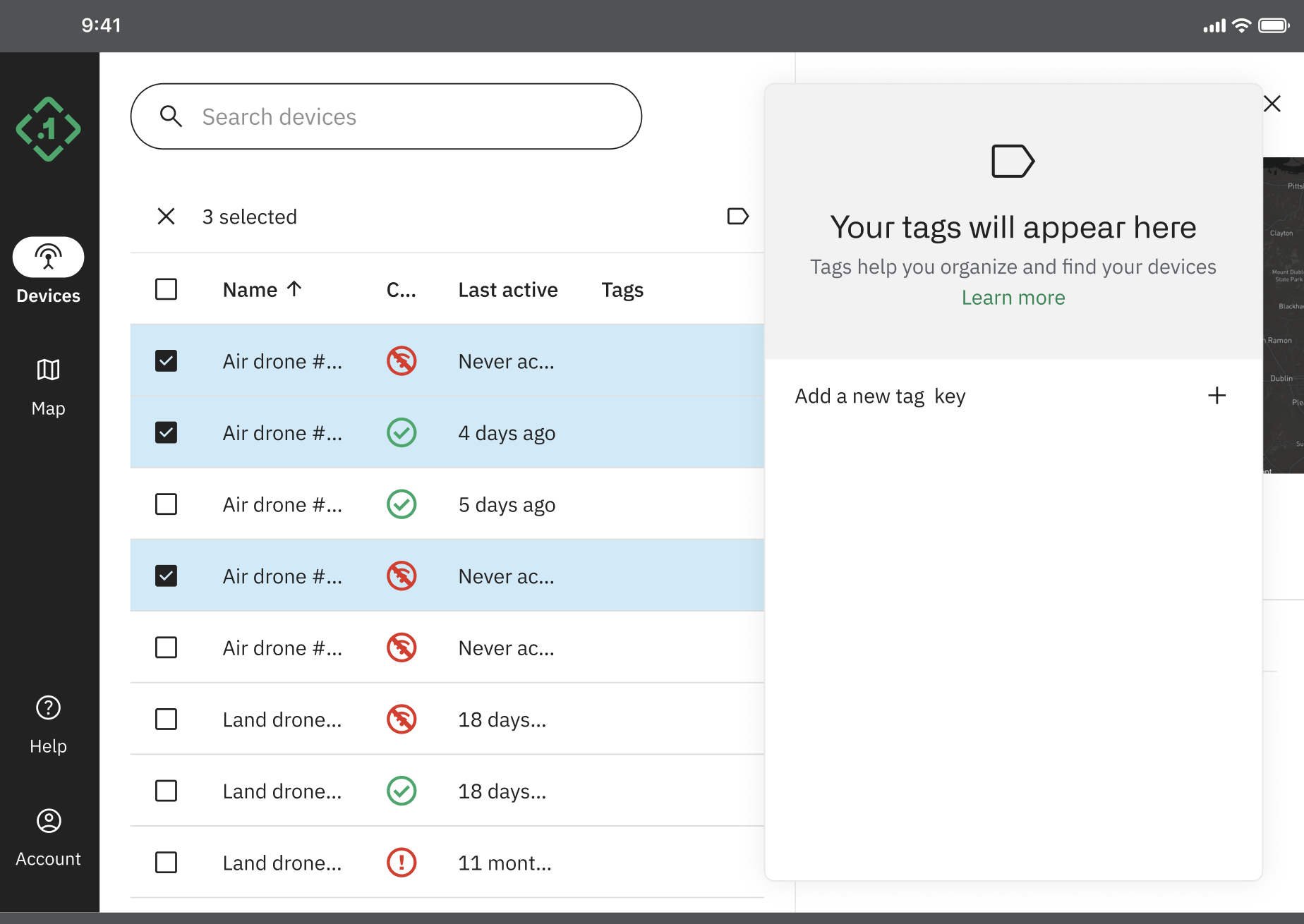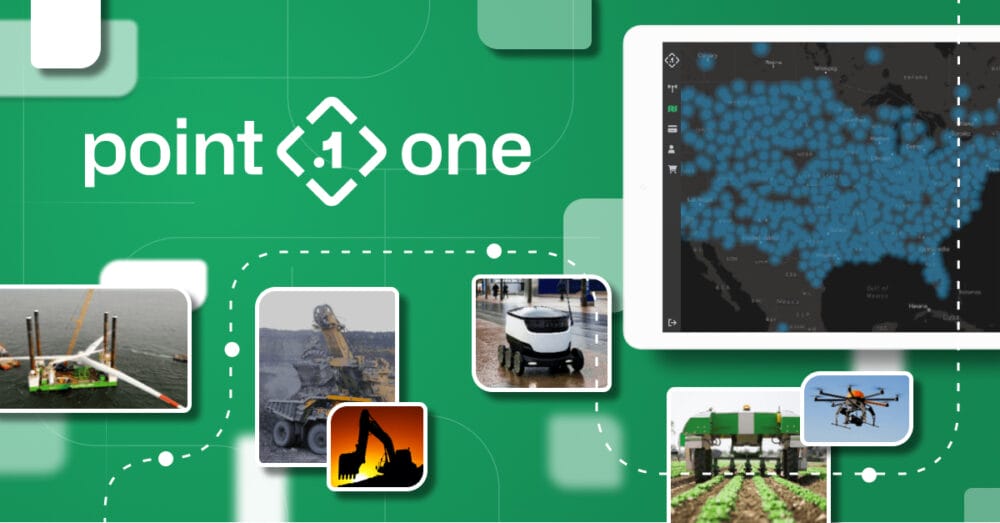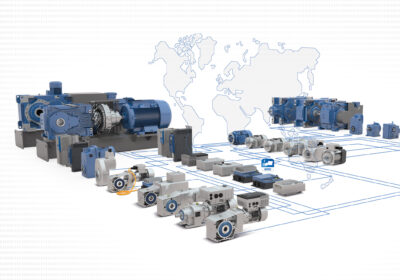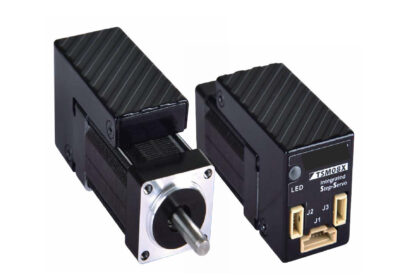New Tags feature makes it easier to build and use positioning networks and systems for a wide range of applications including surveying, construction, AgTech, robotic device, drones and autonomous vehicles
San Francisco, CA – June 11, 2024
San Francisco based Point One Navigation has launched powerful new features for their industry leading precise positioning Polaris network.
Companies that rely on positioning solutions at scale often face a logistical mess when it comes to deploying and managing their fleets of drones, rovers, or other satellite receivers. A day’s work may involve planning miles of underground pipelines in multiple locations or deploying several new groups of fleet vehicles to execute deliveries in a few new markets. It might require monitoring and adjusting the routes of drones across the country.
According to Mark Wilkerson, Point One Navigation’s Product Manager, “The most powerful aspect of our tagging system is that it fundamentally changes the way customers can integrate their systems with ours.”
With legacy precise positioning systems, the customer has to spend engineering time gathering vendor data, bringing it into the customer system, mapping that to customer data, and then building systems to keep that all in sync. This results in months of engineering effort and thousands of dollars in recurring infrastructure costs.

With Point One’s new tagging system, customers can work with P1’s API as if it were one of their own native applications. They can attach their own data to P1’s devices. The tagging features enables them to query things in our system with their native IDs, model numbers, regions, etc. It becomes a drop in capability for their existing systems.
Because there’s no pull->store->join steps, this enables real-time operations with our GraphQL subscriptions API which are impossible with legacy systems.
The other new feature is a device search UI in the web app that enables users to filter and query their devices by tags, connection status, or attributes. By using the new search feature, support teams can quickly pull up all of their customers’ active devices and display them on a map in real time.
This also enables Fleet managers to easily pull up all devices of a specific type, or that belong to a specific business unit etc.
Changes made in either the webapp or the API update in real time.

Precise Positioning Doesn’t Have to Be Complicated
Point One was designed to make reliable, accurate positioning accessible for anyone, whether they are operating a handful of drones or deploying fleets worldwide. Point One has built the world’s largest RTK network, providing 99.9% uptime and centimeter-level precision in the US, EU, CA, AU, KR, and GB. Point One’s industry-leading API enables seamless real-time device management.
“But Point One didn’t stop there,” said Mr. Wilkerson “We’re always looking for ways to innovate and make the Polaris solution more intuitive and user-friendly. With tags, we’ve made it that much easier to attain fleet-scale precise positioning.”
It shouldn’t be a headache to deploy, manage, and analyze your devices, regardless of your fleet size. With tags, Polaris offers streamlined searchability, precisely defined analytics, and the ability to control your devices at scale. That’s a lot of power in a simple new feature.
More info here: https://pointonenav.com/news/tags-release/







